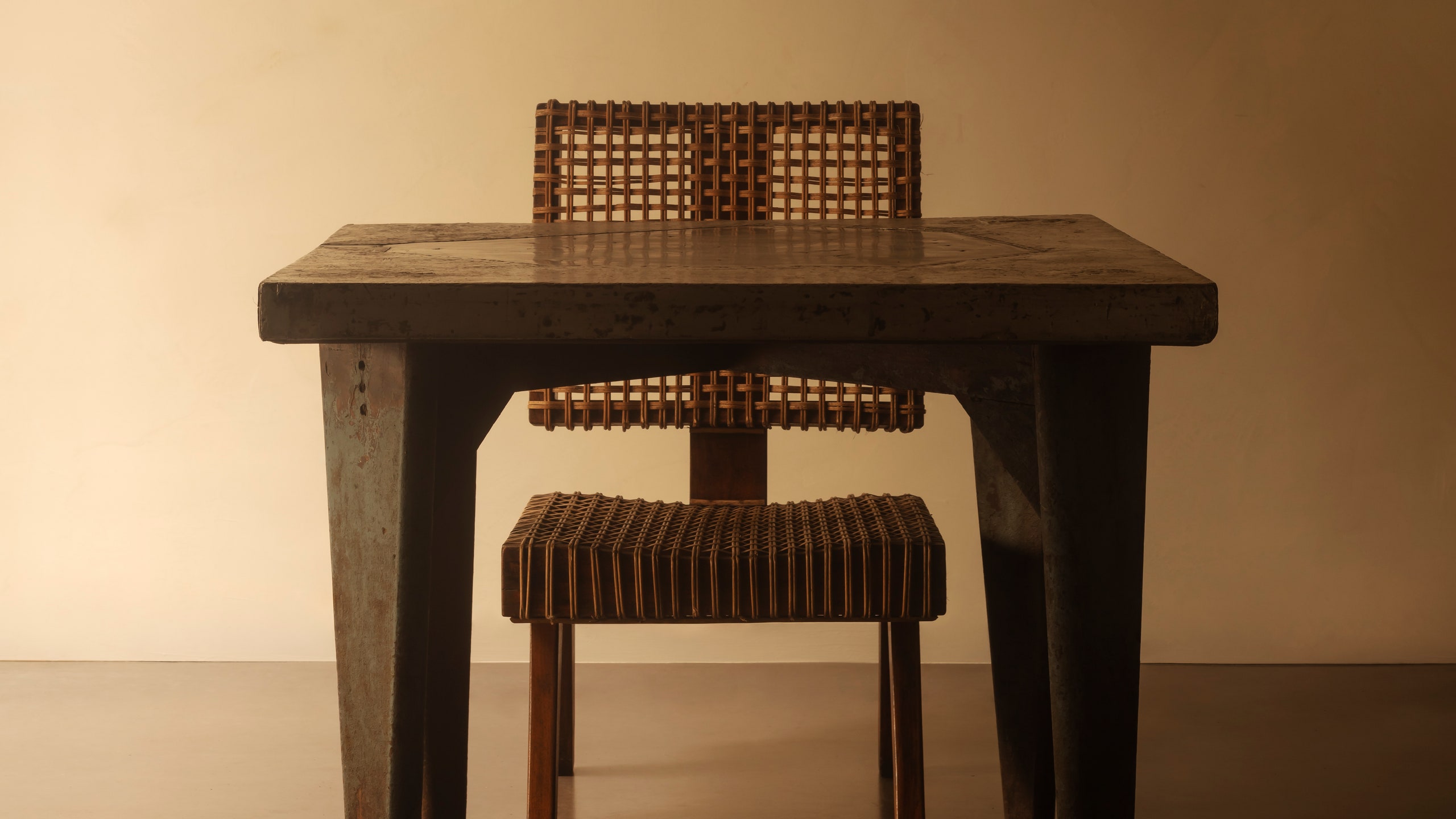The city of Chandigarh, administrative capital of the Punjab and Haryana, looks like nothing else in India. An architectural Guernica made of concrete, constructed around the man-made Lake Sukhna, it is master planner Le Corbusier’s most ambitious and fully realised Modernist vision. But until the early 1950s, Chandigarh existed only in the mind of Jawaharlal Nehru, the first prime minister of newly independent India.
The dissolution of the British Raj in 1947 and the partition of the country into the independent states of India and Pakistan left Lahore, once capital of the undivided Punjab, in the latter territory, meaning that northern India was now without an administrative capital city. Nehru, a staunch Modernist, envisaged the creation from scratch of a city that would symbolise progress and act as an aesthetic counterpoint to the British colonial architecture that had, over 200 years, become the dominant aesthetic in the country’s urban centres. To this end, he enlisted Le Corbusier to plan the new city of Chandigarh.
Unsurprisingly, monumental geometric architecture and the almost exclusive use of concrete – a radical departure from other architecture in India until that point – were the defining characteristics of the new capital. Inside the buildings, however, the furniture design, largely conceived by Le Corbusier’s cousin and collaborator Pierre Jeanneret, was strongly influenced by local materials and craftsmanship, with a Modernist twist. Due to the vast scale of what needed to be created for an uninhabited city – from Palace of Assembly chairs to university cafeteria tables and and linen baskets – Jeanneret experimented with what was on hand. Iron Sikh Sarbloh bowls became lampshades; mango tree trunks became tables. Readily available materials such as bamboo, teak, rope and wicker were woven into the designs.
Many of Jeanneret’s more artistic prototypes ended up as furnishings in his own on-site home and in those of his colleagues and collaborators. Meanwhile, he continued with a large-scale programme for the production of low-cost furniture for the Chandigarh public buildings, enlisting the help of Indian architects already working on the city who had an interest in furniture, including AR Prabhawalkar, Jeet Malhotra (who also photographically documented the construction of the city), Eulie Chowdhury and Shivdatt Sharma. Prabhawalkar, who collaborated with Jeanneret on the design of the wood-and-steel desks for the Chandigarh College of Architecture, became the college’s first principal in 1961.
Extensive furniture ranges based on the designs and sketches created during the 15-year period in which the city was built were executed by local carpenters and craftspeople, though when the Punjab workshops were overrun, some of this labour was exported to factories as far afield as New Delhi. ‘Jeanneret worked with local masons to create poetry out of local material,’ Rajnish Wattas, a former head of the Chandigarh College of Architecture and co-editor of Le Corbusier Rediscovered: Chandigarh and Beyond, told the Hindustan Times. ‘Corbusier built the Capitol Complex, but Jeanneret gave the city its flesh and bones.’
Jeanneret’s collaborative designs, many of which reflected the buildings in which they were found (a bookcase that mirrors exterior sun breakers comes to mind), helped to establish a very particular and localised design aesthetic in the new city. The Modernist principles that underpinned the creation of Chandigarh were, however, a double-edged sword. As the city was inhabited and India rapidly developed in the latter half of the 20th century, the ‘1950s-style’ furniture fell out of fashion. Hard use in public buildings, such as the university and college, led to elements such as woven cane and canvas wearing out quickly. Rather than restore the furniture, which in any case was deemed fairly plentiful, chairs and tables were discarded.
Today, of course, Le Corbusier and Jeanneret’s designs are considered 20th-century masterpieces and ‘Chandigarh furniture’ is highly collectable, though exceptionally hard to find beyond word-of-mouth. Recently, at Nomad Art Fair (fittingly held in Le Corbusier and Jeanneret’s home country of Switzerland), British/Indian collector and developer Rajan Bijlani and Loro Piana Interiors revealed a rare and exquisite collection of restored and reupholstered historic furniture designed by Le Corbusier and Jeanneret between 1954 and 1966. Bijlani’s singular private collection of Chandigarh works, which he embarked on in an attempt to preserve the distinctive Indian design legacy, had previously only been viewed privately at his home and studio in Primrose Hill, London. Reacquainting the public with these singular design artefacts, as well as updating them for a new era of use, seems a fitting step in the Modernist story of this furniture.
Le Corbusier, ever the utopian, said of Chandigarh that ‘Here the radiance of nature and heart are within our reach’, though it was undoubtedly Jeanneret who truly saw the city he helped to design as a real home. Throughout the Chandigarh project, he lived in a house in Sector 5 with his cook, confidant and sometime carpet-design collaborator, Bansi Lal, whose paintings he hung on his walls above his furniture prototypes. In 1965, illness forced him back to Paris. On leaving India, he gifted his furniture to the Chandigarh Museum and the rest of his possessions to poor colleagues. He died two years later. Jeanneret’s final wish was that his ashes be immersed in Lake Sukhna, and in April 1970, his niece Jacqueline performed the rite so that the designer could in some way become part of the fabric of the city he had helped to create.
For further information about Rajan Bijlani and Loro Piana Interiors’ Chandigarh
collection, visit rajanbijlani.com
